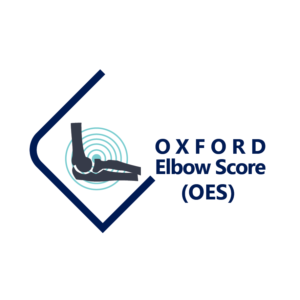Properties of the Oxford Elbow Score include:
- A condition-specific PRO designed and developed specifically for use in assessing the outcome of surgical intervention of the elbow;
- Can be used as an indicator for recovery and general improvement in quality of life following surgery on the elbow;
- Shown to be valid, reliable and sensitive to change after rigorous testing;
- Brief and easy to complete resulting in good return rates;
- Can be completed anywhere and delivered by post, making follow-up of large numbers of patients much more feasible (and cheaper) than conducting clinical assessments;
- Easy to interpret scores;
- 3 subscales/domains capture patient views on their elbow and the impact on quality of life;
- Application of the OES could be extended to the assessment of other (non-surgical) forms of therapy, for example physiotherapy.
^ Back to top





